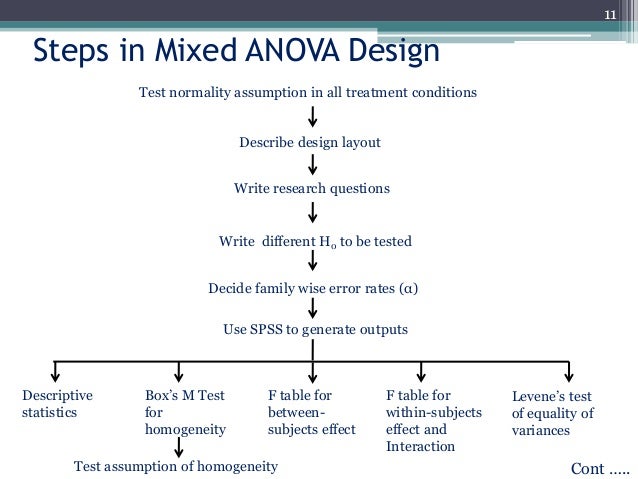

The levels of cholesterol (Chol), triglycerides (Tg), and glucose (Glu) showed a decreasing trend with increasing replacement of FM with MW and revealed a significant difference with the control treatment at high levels of replacement ( P < 0.05). With the increase of the replacement of FM with MW up to 30%, BWG, FE, and HPI were significantly increased then reduced. The results of this study showed a significant difference in body weight gain (BWG), feed efficiency (FE), feed conversion ratio (FCR), and hepatopancreas index (HPI) among the treatments ( P < 0.05). Dietary treatments, including the control treatment (no mealworm T0), 15% (T15), 30% (T30), 60% (T60), and 100% (T100) level of replacing FM with mealworm (MW), each with three replications, were investigated in the form of a randomized design. Shrimps with a mean weight of 7.41 ± 0.13 gram were cultured in 300-liter fiberglass tanks (with a useful drainage volume of 200 liters) with a density of 20 shrimp per tank over a period of 60 days. In this regard, this study was conducted with the aim of investigating the effect of replacing FM with mealworm (MW, Tenebrio molitor) on the growth performance, haemolymph biochemical responses, and innate immunity of Litopenaeus vannamei. Insect meal (IM) is one of the protein sources to replace FM in aquafeeds. Reducing the use of fishmeal (FM) in shrimp feed means significant savings in the amount of FM consumed globally and subsequently reducing production costs and environmental impacts. * Corresponding author: Editor: Pierre Boudry


Lead Auditor, Bureau Veritas Group, Norway Iranian National Institute for Oceanography and Atmospheric Science, Tehran, IranĪarhus University, Science and Technology, Department of Food Science, Blichers ATjele/Kirstinebjergvej, 5792 Årslev, Denmark Shrimp Research Center, Iranian Fisheries Sciences Research Institute, Agricultural Research, Education and Extension Organization (AREEO), Bushehr 75169-89177, Iranįaculty of Sciences, Hamedan Branch, Islamic Azad University, Hamedan, Iranĭepartment of Fisheries Sciences and Engineering, Faculty of Natural Resources, University of Jiroft, Jiroft, Kerman, Iranįisheries Department, Faculty of Marine Sciences and Technology, University of Hormozgan, Bandar Abbas, Iran

Moslem Sharifinia 1 *, Zahra Afshari Bahmanbeigloo 2, Mehrzad Keshavarzifard 1, Mohammad Hossein Khanjani 3, Moslem Daliri 4, Emad Koochaknejad 5 and Mohammad Sedigh Jasour 6 ,7


 0 kommentar(er)
0 kommentar(er)
